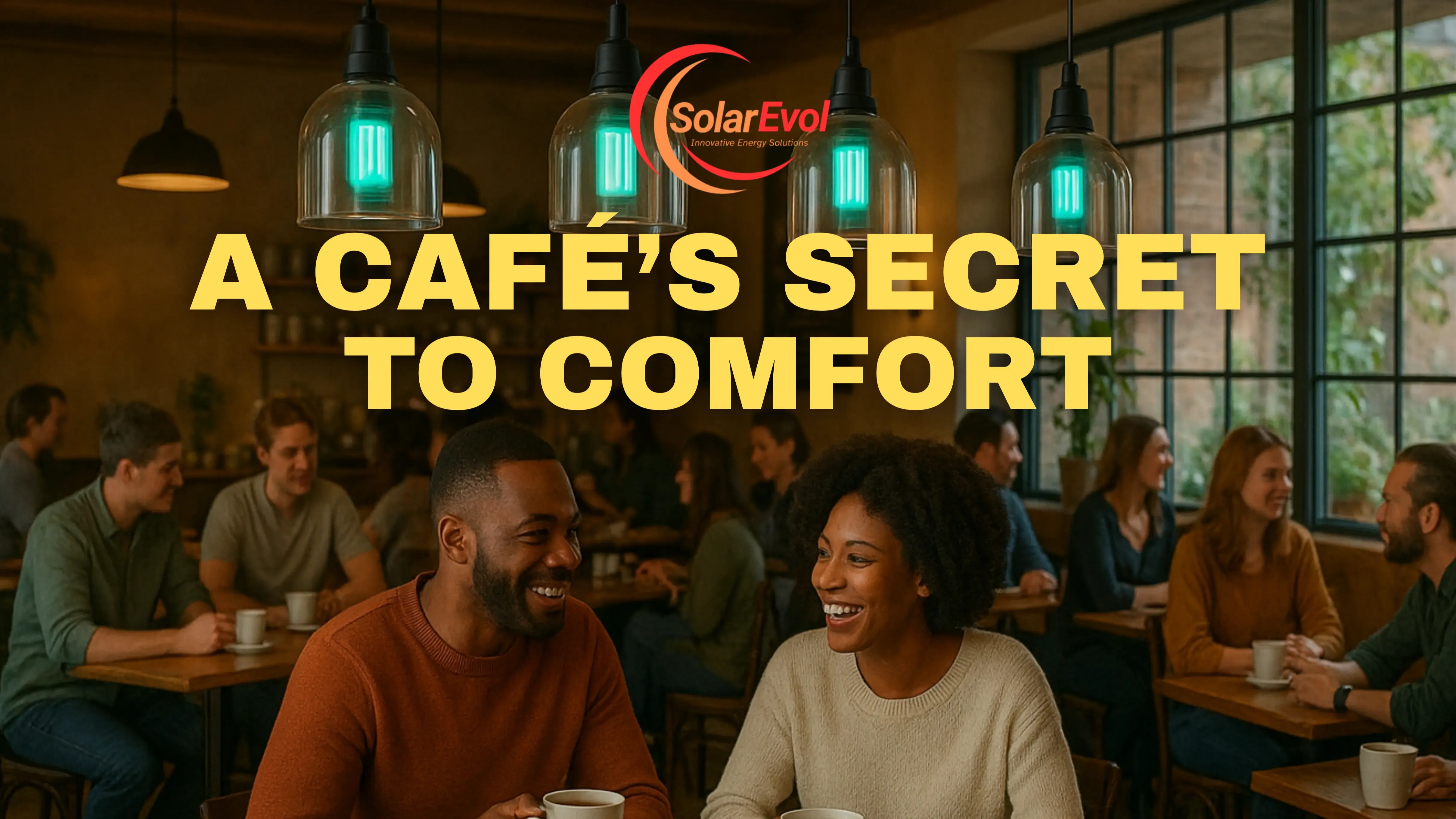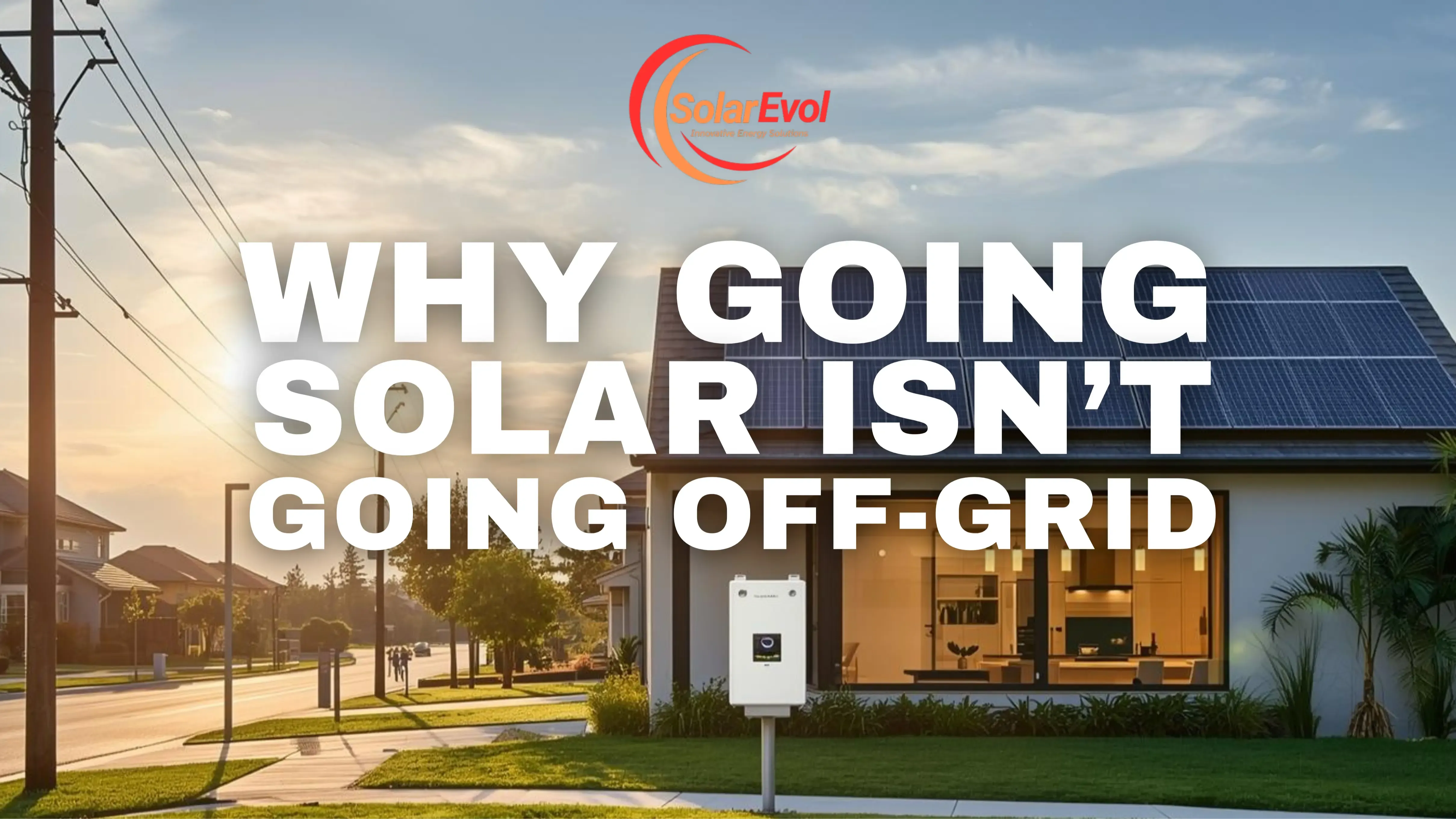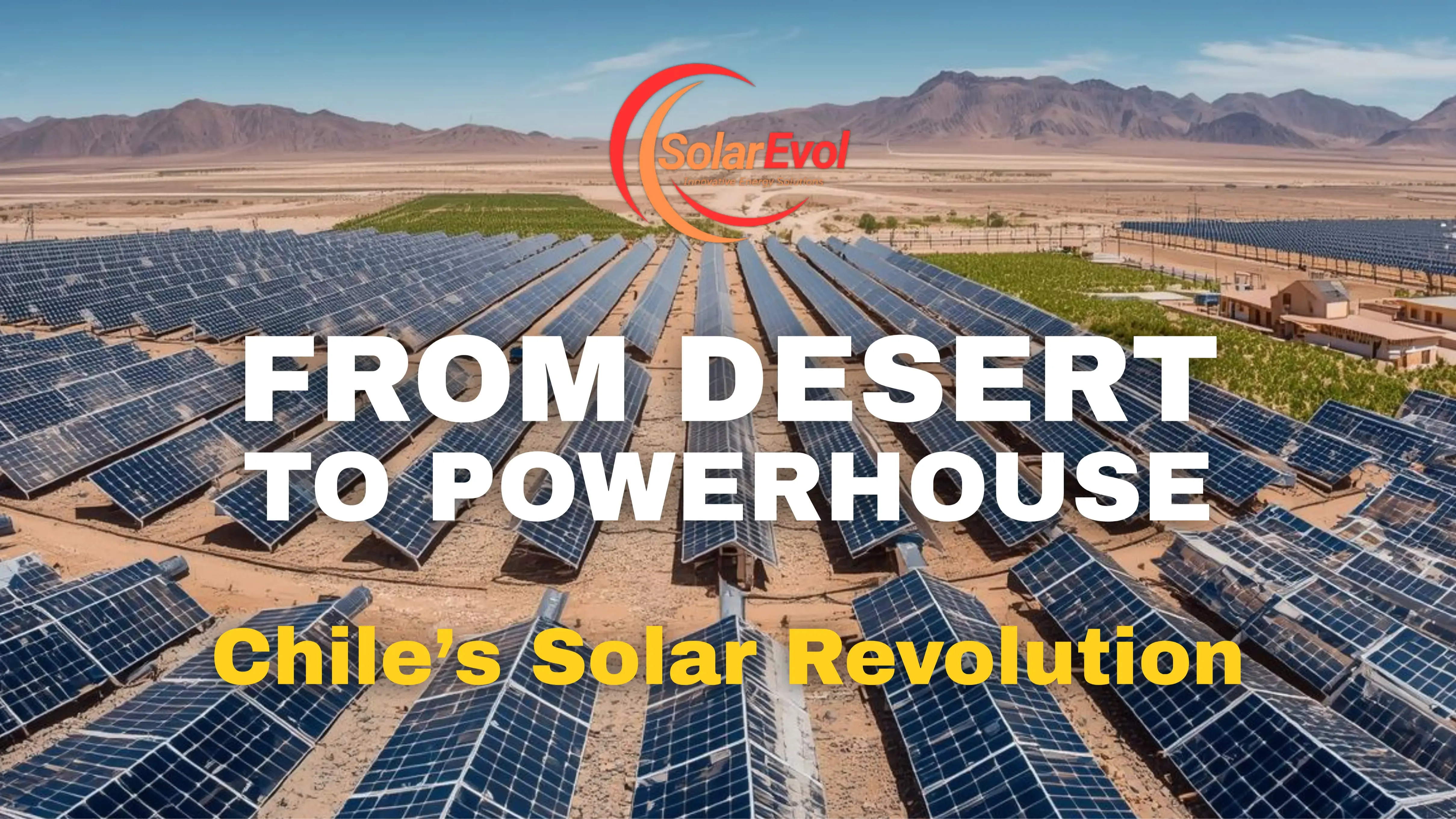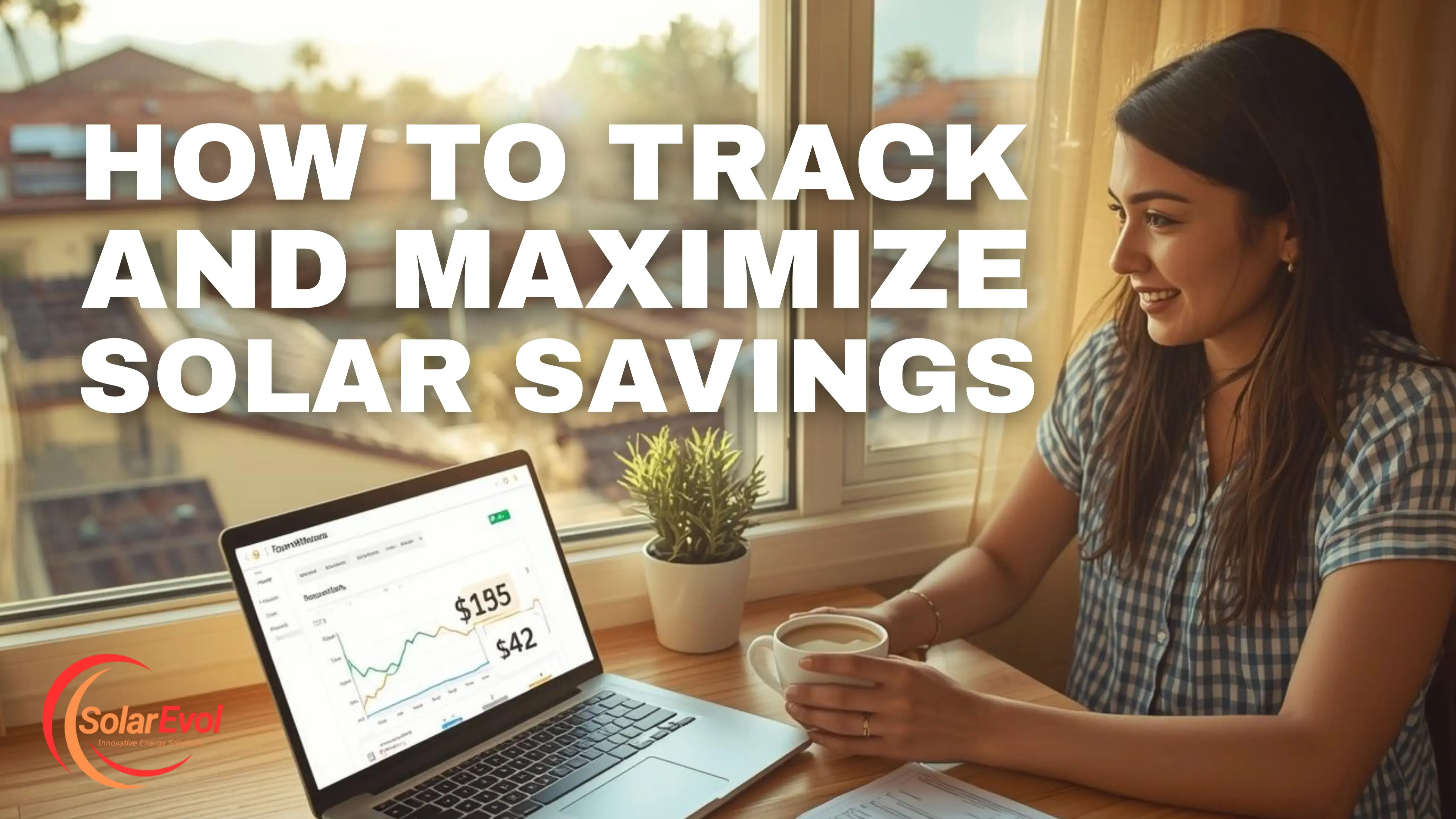
Photon Blaze at the Equator
Jun 06, 2025Friday, June 6, 2025
More sunlight doesn’t always mean more solar power — unless you know how to handle the heat.
There’s a popular belief in solar: If your project is near the equator, it’s going to crush it on energy production. After all, more sun equals more power… right?
Well, not always.
At Solar Evol, we’ve worked on solar installations across equatorial regions — where solar irradiance is off the charts but so are the design challenges. What we’ve learned in those “photon blaze” zones can make or break a solar system anywhere, especially as temperatures rise and climate conditions shift globally.
This piece isn’t just about tropical systems. It’s about what the equator teaches us about extreme solar design — and how you can apply those lessons to build smarter, longer-lasting solar in any environment.
☀️ What Is a "Photon Blaze" Zone?
It’s not an official term (yet), but we use it internally to describe ultra-high solar resource regions — usually near the equator — with:
Intense, year-round irradiance
High average temperatures
Frequent humidity, rainfall, or coastal exposure
Minimal seasonal tilt variance
Think: Central Africa, Southeast Asia, equatorial South America, and parts of the Pacific Islands.
These are dream locations for solar production on paper — but they demand next-level design in practice.
🔥 Insider Lessons from the Equator: What Works (and What Fails)
- Panels Love Sunlight. They Hate Heat.
Here’s a surprising reality: Solar panel performance actually drops as temperatures rise.
Most standard modules lose around 0.4% of output for every degree Celsius above 25°C (77°F). In equatorial conditions, that adds up — fast.
🌡️ Pro Tip: Choose panels with low temperature coefficients (ideally under -0.35%/°C). Panels with N-type cells or bifacial glass-glass construction tend to handle heat better.
- Ventilation Isn’t a Detail — It’s the Difference
In hot climates, panel cooling is critical. Yet we still see arrays flush-mounted to rooftops with no airflow, turning what should be power plants into slow cookers.
🧠 Insider Move: Use racking that allows at least 6 inches of clearance under panels. On flat roofs, tilt panels slightly even if tracking isn’t needed — just to let heat escape.
- Humidity + Salt = Corrosion Waiting to Happen
Near-coastal or high-humidity zones (very common near the equator) introduce another enemy: corrosion. Panels, racking, and connectors degrade faster — especially if cheap materials are used.
⚠️ Common Pitfall: Aluminum rails and steel bolts may look fine in dry zones but fail fast in coastal air if not properly anodized or coated.
🛠 What We Do: For corrosive zones, we spec marine-grade stainless fasteners, UV-resistant conduit, and panels with sealed junction boxes and IP67 ratings.
- More Sunlight Requires Smarter Inverters
High irradiance can overwhelm inverter inputs if the system isn’t properly sized. We’ve seen arrays clipping midday because the inverter couldn’t handle the peak power spike.
⚡ Design Insight:
Use inverter sizing tools that account for irradiance curves — not just kW ratings.
Consider inverter oversizing or DC-to-AC ratios >1.2 to maximize yield without overloading.
💡 Pro Move: Hybrid inverters with export control allow flexible system design without triggering grid export penalties (a growing concern in islanded or low-grid-capacity areas).
- Maintenance Access = Performance Longevity
Dust, pollen, salt, bird droppings — the equator is generous with nature and everything ends up on your panels. Without a way to safely clean them, systems degrade much faster.
🧽 O&M Tip:
Design catwalks or roof access points during install planning.
Choose panels with hydrophobic coatings or use compatible glass treatments to reduce grime build-up.
Implement monitoring with soiling alerts to flag underperformance early.
📏 Applying “Photon Blaze” Wisdom Anywhere
You don’t need to live on the equator to benefit from these design principles. Here’s how to use them no matter where you’re installing:
|
Challenge |
Equator Fix |
How to Apply It Elsewhere |
|
High heat |
Low temp-coefficient panels |
Great for desert regions, urban heat islands |
|
Humidity/salt |
Corrosion-resistant racking + IP-rated gear |
Must-do for coastal U.S., Gulf states |
|
Strong sun |
Oversized inverters + airflow |
Helpful even in sunny spots like Arizona or SoCal |
|
Fast soiling |
Smart cleaning design + monitoring |
Critical for agriculture-adjacent installs |
Installing solar near the equator is like driving a performance car: the power is there, but you need precision to harness it. The same holds true as global climates shift and high-heat design becomes relevant everywhere.
Stay connected with news and updates!
Join our mailing list to receive the latest news and updates from our team.
Don't worry, your information will not be shared.
We hate SPAM. We will never sell your information, for any reason.












